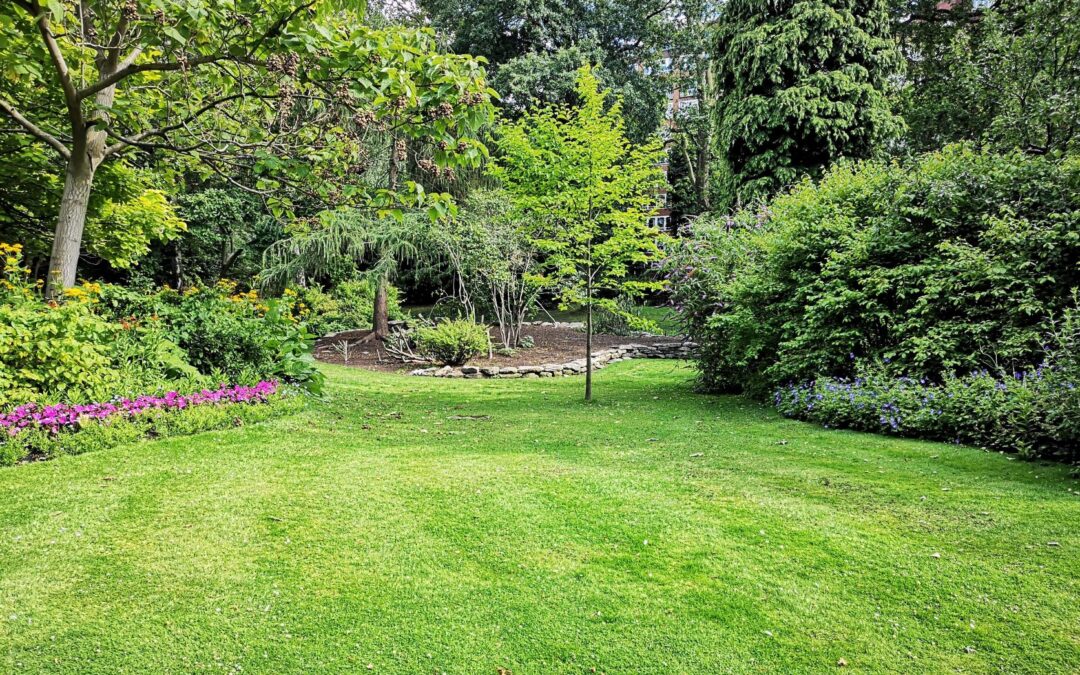When Should You Prune Your Shrubs, Bushes, and Trees?
When Should You Prune?
So, when should you prune your shrubs, bushes, and trees? That’s a good question because it depends on a couple of things. First, if a limb or branch is dead, it can be pruned any time of the year. However, if you’re pruning for any other purpose besides pruning dead tissue, then the best time to cut back your plants is late winter or early spring.
For example, trimming live tissue from your plants in the fall will often lead to a growth spurt. The new growth will not have time to harden for the winter and could jeopardize the entire plant. Here’s what the Famers Almanac had to say about why you should prune in late winter or early spring.
Pruning in Late Winter or Early Spring
“Why prune in late winter or early spring? Pruning while a plant is dormant makes it easier for the plant to recover, which is important for next year’s flowers. By pruning BEFORE any new growth starts, the plant puts energy towards producing new, healthy growth when the warmer temperatures of spring roll around. Practically speaking, it’s also a lot easier to see the true shape of deciduous plants in the winter since their foliage is gone.” — Pruning Guide for Trees and Shrubs
When’s the Best Time to Plan for Pruning?
Here in the Midwest, the best time to plan for spring pruning is in the winter, when most plants aren’t covered with leaves, blooms, and other greenery. It’s easier to identify dead branches, overcrowding, and weak areas when the plants when uncovered.
What About Large Limbs?
If you have large limbs that need trimming unless you’re an experienced tree trimmer, hiring a professional is your best and safest course of action.
When assessing cutting back a large tree, keep in mind that topping a tree is rarely good for it. Topping forces the tree to grow branches quickly that are often unable to withstand winter weather.
Can You Trim Your Evergreens?
Yes, you can, but evergreens take special care. “Evergreen trees, such as firs, pines, and spruce, are not pruned by the same methods as other plants. They can be encouraged to produce stockier trees by pinching the “candles” of new growth, which emerge in late spring. Pinch out one-half of the candle when it reaches approximately 2 inches long. Use a sharp knife or your fingers to pinch, instead of shears, which can damage the needles surrounding the candle.” — Purdue University
On a Personal Note
I have ornamental grasses that I enjoy all year that don’t cut them back in the fall because I like how they look. I prune them within six inches of the ground in early spring, and they come back strong.
Every spring, I inspect my rose bushes for dead and damaged canes. These damaged canes are easy to spot by their brown and black discoloration. They should be pruned, and if a cane is partially dead, it should be cut back to the green.
I’ve learned that my early flowering shrubs such as lilacs, forsythia, and honeysuckle do best when trimmed after they flower.
How Can We Help You?
Berger Hargis has a company philosophy of providing personal excellence for all our services. Our growth and success have been due entirely to our commitment to honest, excellent customer service. The company has been built on the referral business we have received due to this philosophy.
If we can answer any questions, please don’t hesitate to Contact Us.
Photo by Pankaj Shah on Unsplash
Go Back







